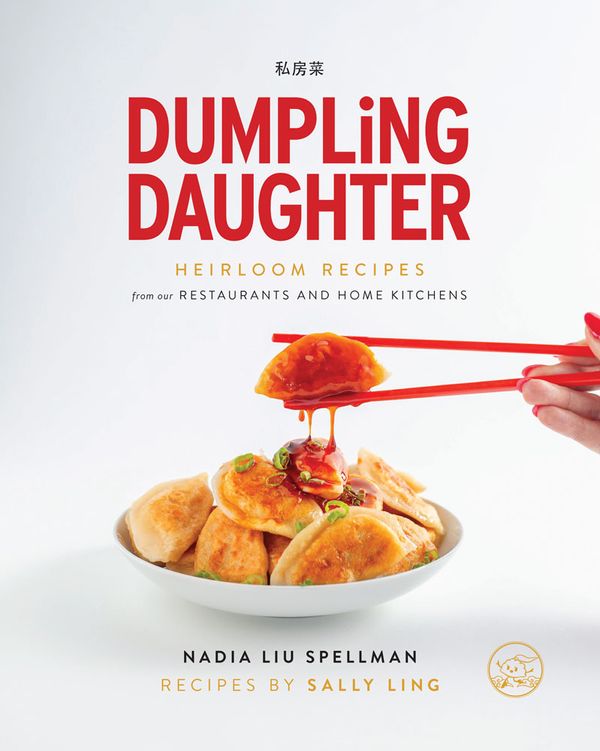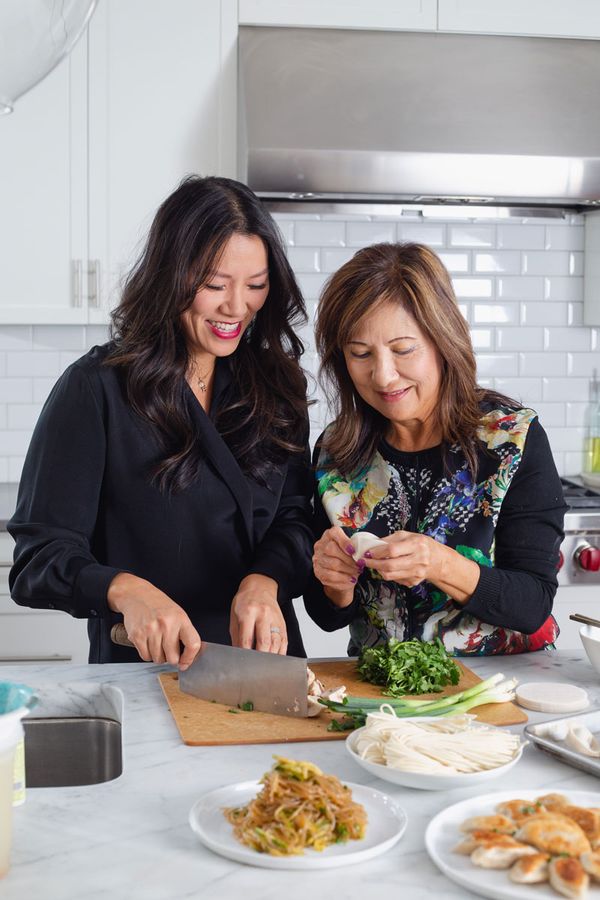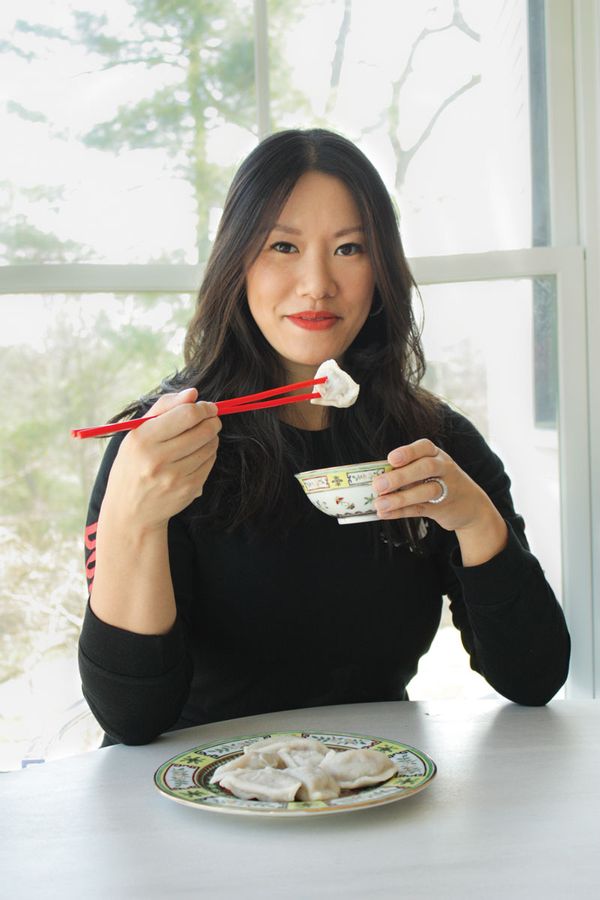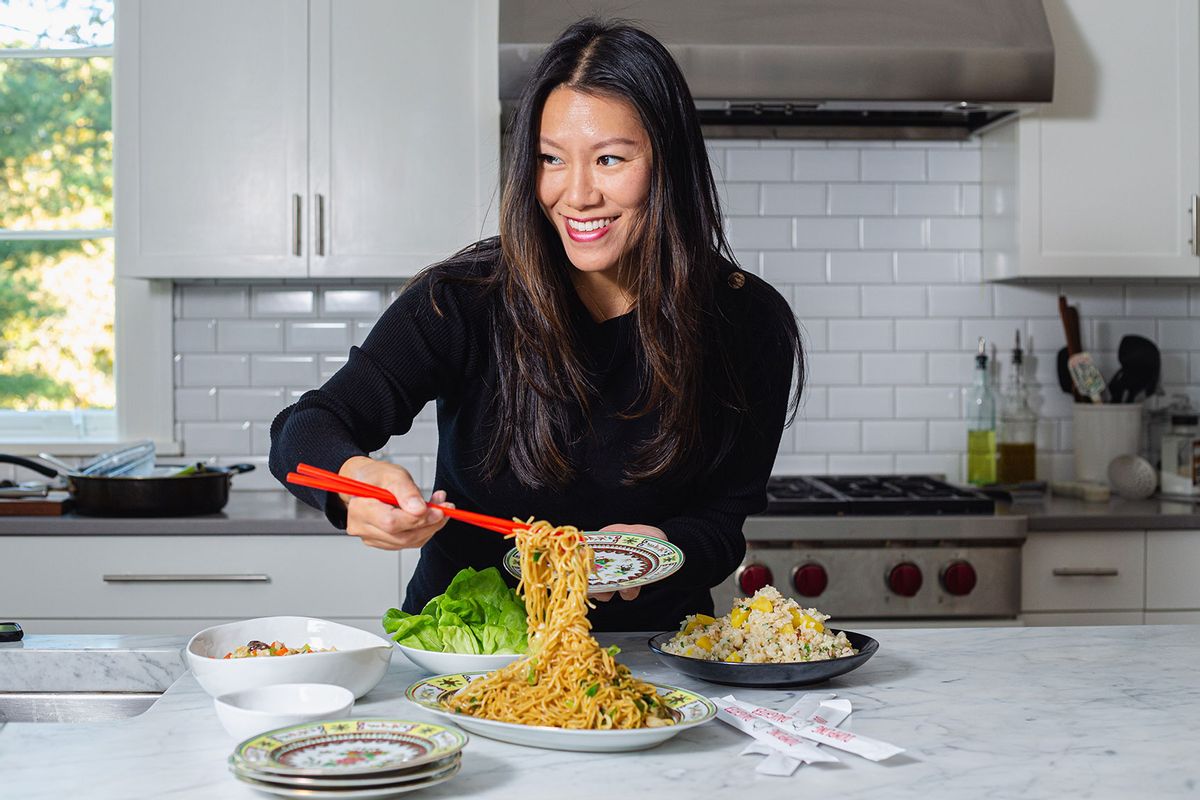Growing up, just slightly behind Italian cuisine, my family probably most enjoyed Chinese and Chinese-American food, whether at buffets, in restaurants or via takeout at home.
My mother swore by the spicy mustard for dipping the crispy noodles, my dad loved "General TSO, white meat, only" and fried rice (with no onions) and my brother had an inexplicable adoration for shrimp and lobster sauce . . . when he was maybe seven years old. My dad was also a massive proponent of P.F. Chang's.
This instilled the same love for the cuisine in me, such as when I'd order takeout in college or scamper out of the office in a job I had in the city in order to head over to a dumpling shop a few blocks over for lunch. Those were some of my favorite lunches, too: filling, deeply satisfying and incredibly cheap, I looked so forward to those forays when I'd hurriedly leave the office to enjoy a brief respite, always chockfull of dumplings.
Clearly, Chinese and Chinese-American cuisine has had a special place in my food memory landscape, so when I saw the striking cover of "Dumpling Daughter," a new cookbook by Nadia Liu Spellman with recipes from her mother (and iconic chef) Sally Ling, I knew I wanted to speak with her. Ling and her husband helmed the stalwart, eponymous Boston restaurant that was a landmark within the Chinese fine dining cuisine back in the 1980s — and now Nadia is continuing the "family business," if you will.
Dumpling Daughter is also more than a cookbook: Spellman also has various Dumpling Daughter locations throughout Massachusetts, as well as an online store stocked with dumplings, buns, sauces and more. I spoke with Spellman to get the ins and outs of growing up in a family with such a storied chef mom, bridging the gap between Chinese fine dining, Chinese takeout and at-home iterations — and, of course, her favorite dumplings.
If you're interested in reading more, check out the book.
 Dumpling Daughter Heirloom Recipes (Photo courtesy of Dumpling Daughter)
Dumpling Daughter Heirloom Recipes (Photo courtesy of Dumpling Daughter)
The following interview has been lightly edited for clarity and length.
The cookbook is stunning. Do you have a favorite recipe in it? (I know, this probably seems like an impossible task!)
I simply cannot pick! My cravings are different everyday and I like to eat depending on my mood. The weather affects my cravings and since I was little, I would eat different types of food in different seasons.
 Nadia Liu Spellman and her mother, Sally Ling (Photo courtesy of Dumpling Daughter)
Nadia Liu Spellman and her mother, Sally Ling (Photo courtesy of Dumpling Daughter)
Of course, your mom opened her restaurant in 1984; how did that influence permeate your childhood and upbringing? How did the restaurant's influence meals at home?
I was lucky to grow up in a foodie family where our own restaurant was the most high-end Chinese in the city or even the country, at the time. When you're little you only know what your parents expose you to, so for me it was normal to eat fine Chinese cuisine. At home our food was also fine, light and delicious, as it was prepared by my mom! I loved all the food my parents exposed me to when I was little, because it was truly all amazing. I definitely knew when something was not tasty or appealing to me, because there was so much excellent food in my life in comparison.
What is one of the most egregious examples of the difference between Chinese food and "Americanized" Chinese food?
This is less of a difference and more of an important misconception. Many Americans think that Chinese food is mostly fried and filled with MSG, which is not TRUE! My cookbook dives into important facts about MSG and shares a variety of ways to cook Chinese food that isn't fried.
Another difference I've seen comes with how the food is eaten culturally. Americans often order one dish for themselves and enjoy it alone. This is different from the tradition and way that Chinese food is typically enjoyed. Chinese food is designed to share. Whether rich or poor, casual or fancy, Chinese meals are designed to enjoy either family style or banquet style. In a family style setting, all the food is in the middle of the table and everyone shares all the dishes, promoting a balanced meal and a little bit of everything. In a fancy Chinese banquet, the group is served dish by dish with time in between, similar to a French prix fixe meal. Food should be enjoyed in balance and never eat too much of one thing!
Want more great food writing and recipes? Subscribe to Salon Food's newsletter, The Bite.
What initially inspired you to create Dumpling Daughter?
I realized that my favorite food memories of my childhood were all sitting around a table with family with plates filled with steamy dumplings. As I got older, those meals would become less and less because we all got busier with life. As an adult, I made dumplings at home with my friends and quickly learned they had never done it before. I realized how special my childhood was. I had these amazing generational experiences and flavors, but my American friends did not. Americans have always viewed dumplings as an appetizer and not as a main meal. In China, dumplings are an event, an experience and a main meal. That was my ultimate inspiration for Dumpling Daughter. To bring the incredible Chinese culture stateside.
 Nadia Liu Spellman and her mother, Sally Ling (Photo courtesy of Dumpling Daughter)
Nadia Liu Spellman and her mother, Sally Ling (Photo courtesy of Dumpling Daughter)
Do you have any go-to ingredients or secret techniques for the most absolutely top-tier dumplings?
The best dumplings take patience, time and experience. Without these key ingredients, they are just normal dumplings. Ha! In addition, great quality pork and fresh ingredients set you up for top tier dumplings.
Not counting dumplings, which recipes in the book are most impactful or symbolic to you?
My grandmother's Beijing meat sauce is very symbolic to me. When I was little, I was always excited to go to my grandmother's house because she would make either dumplings or her Chinese Bolognese sauce with white noodles. I waited for Sunday to come because I wanted this rich and comforting noodle dish. When my grandmother was diagnosed with cancer, I took her to her chemotherapy treatments and I told her that one day I would share her meat sauce with the world. In the last two years of her life, we cooked the recipe she knew by heart five different times, each time I measured the ingredients she prepared. Finally I took the average measurement of every ingredient and recreated her recipe. Every time I smell her sauce or see a customer order it, my heart is filled with nostalgia and emotion.
Do you prefer fried or steamed dumplings?
Again, depends on my mood! But I usually love steamed in the colder months and crispy in the summer months.
What is the ideal dumpling dipping sauce?
I grew up eating vinegar, soy sauce and chili paste as a quick and easy combination from the fridge.
What are your top tips for beginners looking to become dumpling aficionados?
To make the best dumplings, practice makes better. Never perfect. The truth is that everyone likes different styles of dumplings and there is no wrong way to execute a recipe. As long as a dumpling is fully enclosed, has a skin and a stuffing, then it's a dumpling. There are over 40 breeds that came from the first northern style Chinese dumpling and they are all different, unique and delicious.
 Nadia Liu Spellman (Photo courtesy of Dumpling Daughter)
Nadia Liu Spellman (Photo courtesy of Dumpling Daughter)
I was fascinated by the demarcations or chapters, if you will, of the cookbook: from tasting the world and building a restaurant to feeding my family. Can you tell me a bit about that conceptualization process?
My editors loved the journey the cookbook took, starting with me growing up in a foodie family and tons of childhood anecdotes, all the way to my role in the kitchen today. They urged me to share stories big and small, personal and fun. My team that helped me with the book suggested that I bring the reader through the journey of my life through stories and recipes that I enjoyed during that period of my life. Every recipe sparks a memory and a moment and my team encouraged me to share every dish that is meaningful to me.
Is there anything else about dumplings, Chinese cuisine or Dumpling Daughter that we haven't covered that you'd like to share?
Everyday I am thankful and grateful for the journey I have experienced. Every decision I have made in life (with luck and timing) and in work, has brought me to where I am today. Sharing dumplings and flavors from my family with as many people as I can is my goal every day. I feel indescribable joy when sharing these recipes and stories.



Shares